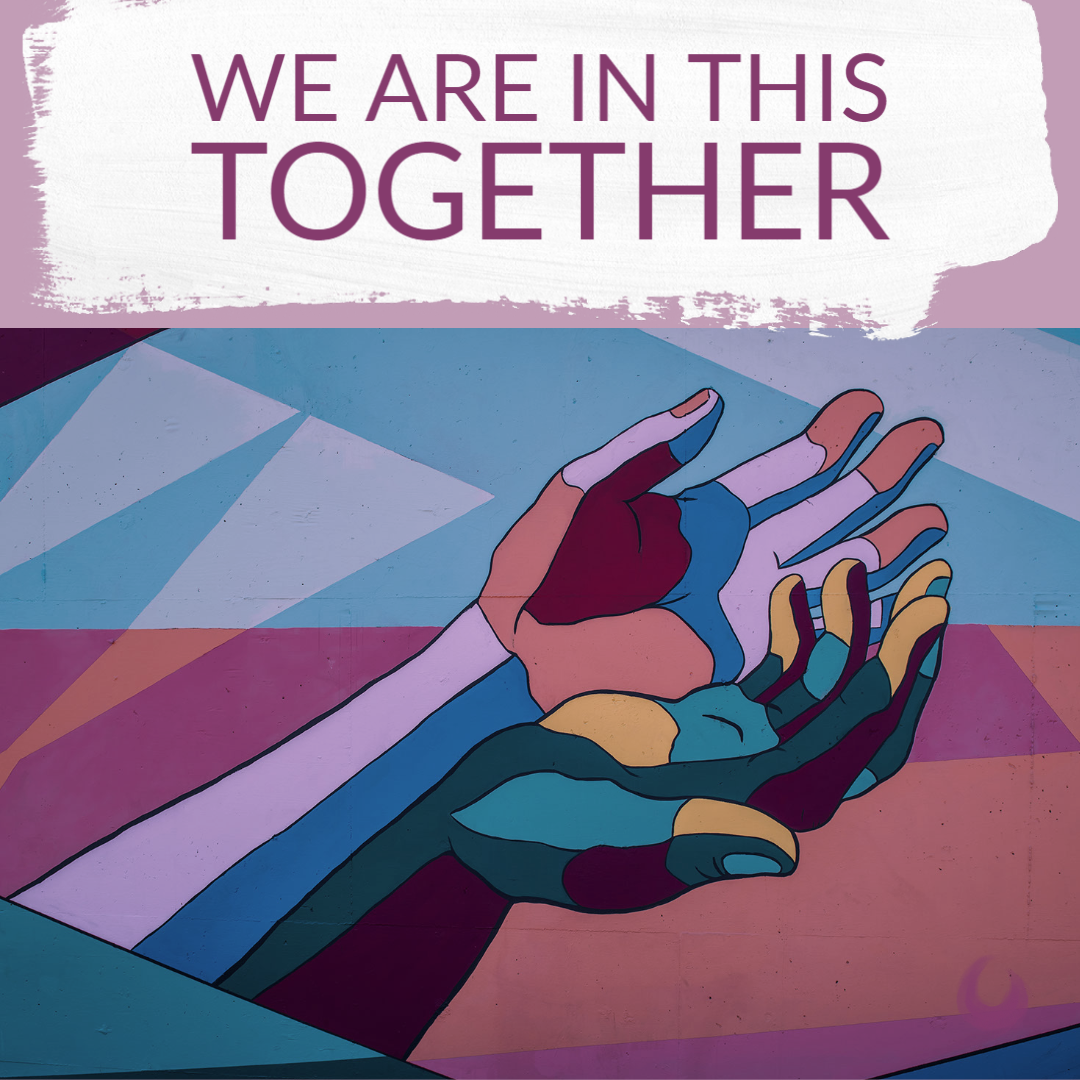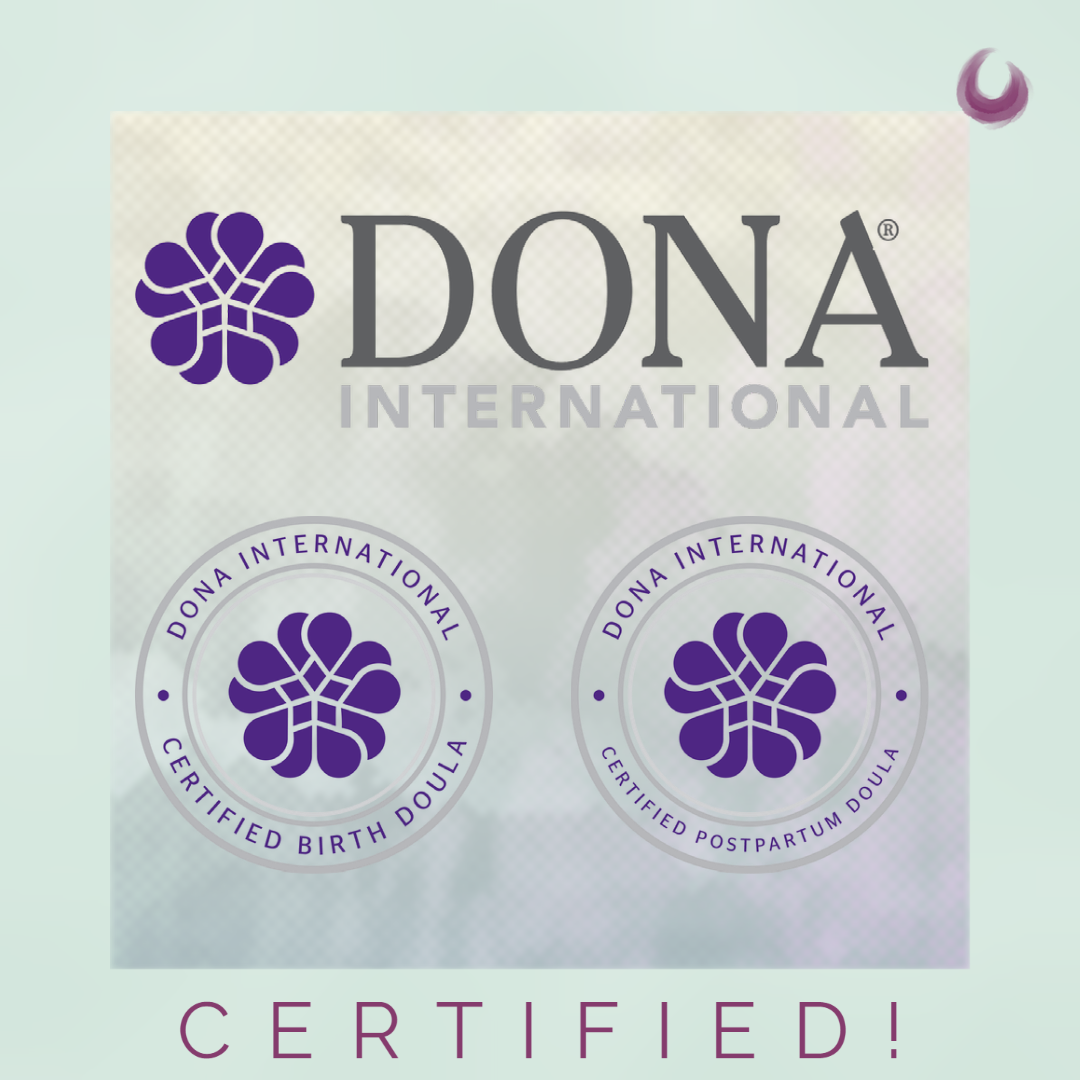Ultrasound has become commonplace in our maternity care. For the majority of people, this is a procedure to look forward to. You get a sneak peak at your sweet baby, maybe learning the sex or confirming an estimated date of conception. To have an ultrasound or five (or even weekly) throughout pregnancy has become the norm.
Not to mention the popularity of “keepsake” photos and videos in 2D, 3D, or even 4D elective ultrasounds.
“Rite of Passage”
Elective ultrasounds for popularized keepsake photos and videos have become a rite of passage for expecting parents.
Like many people, I took this aspect of our maternity care for granted. I assumed its safety and usefulness. An automatic assumption that this was something that needed to be done, rather than being used sparingly.
While the research is often convoluted, poorly done, or absent when it comes to the safety, regulation, and effectiveness of ultrasound (sonogram) during pregnancy; I’m going to do my best to provide as balanced a perspective as possible.
By no means will this be a complete analysis, that would certainly take me more than a week of binge researching, but I hope this provides you some useful information for consideration.
As always, this is not intended to decide for you what you should do, but rather provide you a starting point for your own exploration and decision making.
Let’s get into it!
So, what is ultrasound?
Ultrasound, also known as sonography, uses high-frequency sound waves to create images of the inside of your body. Like a bat, “echo” waves bounce off of bone, tissue, and blood to create that image.
Ultrasound imaging uses pulsing waves to create these images whereas doppler ultrasound (the handheld device that allows you to hear your baby’s heartbeat) also uses sonography but with continuous waves. Both are forms of ultrasound with varying degrees of exposure, wave type, and usage.
The Electronic Fetal Monitoring (EFM) belts that can be worn during labor also use doppler ultrasound and tend to be used for longer durations and more frequently during high management births.
Telemetric EFM
A wireless form of Electronic Fetal Monitoring. Still attached to your belly with belts; but without the tangle of wires plugged into a monitor. Uses doppler ultrasound; continuous waves.
It is not a form of ionizing radiation (X-rays), though an interesting parallel has been shown between the two. X-rays had previously been used during pregnancy for almost 50 years and presumed safe until much later research showed that unrestricted use of X-rays during pregnancy caused childhood cancer. The similarity between X-rays and Ultrasound use during pregnancy is the very quick adoption of both, assuming safety and usefulness without evidence to support the claim.
Routine Prenatal Ultrasound (RPU) is more controversial than the use of occasional ultrasound to investigate suspected problems. This we’ll get more into as we go. There are undeniably times where an ultrasound can bring clarity to a concern and be helpful. Whereas the push for routine prenatal ultrasound for every pregnant person regardless of potential risks or suspected complications, is what inspired me to dive deeper into this topic.
When is it used?
Typically used between 18 - 20 (or even 24) weeks to determine baby's estimated due date. Though research has shown this to only be fairly accurate when done close to 18 to 20 weeks, and even then the EDD (estimate due date) is only accurate a week to either side of that date. So it provides a 14 day guestimate of the possible due date for baby.
There is debate on whether a routine ultrasound at this time is necessary for all birthing parents as well as the routine use of ultrasound after this first initial screening.
Ultrasound can be used for any of the following :
Confirming pregnancy
Determining if you are having multiples
Estimated Due Date & Gestational Age
Monitoring for Intrauterine Growth Restriction
Screening for abnormalities or concerns whether for Down Syndrome, Ectopic or Molar Pregnancy, confirming miscarriage and so on
Gauging the position of the placenta or baby
Used during other procedures such as amniocentesis or chorionic villus sampling (CVS).
Doppler Ultrasound is also used to gauge fetal heart tones. This can be at a prenatal appointment with a hand held doppler or during a NST (Non Stress Test) and labor with the Electronic Fetal Monitors (EFM) attached to your abdomen with belts.
All of these use ultrasound.
Friendly Neighborhood Doula Note : As a heads up, there will be a topic that some may find triggering when I discuss the types of ultrasound. The topic will be marked with a TW and I will have it listed last so you can review the other types of ultrasound before skipping to the next section should you choose to do so.
What it looks like
Classic set up for receiving an ultrasound at your provider’s office. Elective options out of hospital & clinical settings are available as well.
What are the 7 types?
Transabdominal ultrasound - The main method of ultrasound for pregnancy. Moving the transducer (the hand held wand that typically gets a gel applied to the end) across the abdomen. This is that classic image of a prenatal ultrasound typically done in 2D images. The following ultrasound types (excluding the last one) are all variations of the transabdominal ultrasound.
Specialized sonographic evaluation - The advanced version of transabdominal ultrasound. Your provider may suggest this when they have specific concerns or suspect there is an abnormality present. A more in-depth evaluation looking for confirmation of a specific problem or question.
3D ultrasound - Using a combination of 2D images from multiple angles to create a 3D view of baby in utero. Providers may use this to detect facial abnormalities or neural tube defects.
4D ultrasound - Same as 3D but baby is viewed moving in real-time. Common with “keepsake” elective ultrasound.
Doppler ultrasound - Rather than detecting structures such as bones and features; the doppler measures moving objects within the womb such as blood flow. Often used as a hand held fetoscope to listen to baby’s heart rate and tone. Also present in the Electronic Fetal Monitors (EFM) that are attached to the abdomen via belts during Non Stress Tests and managed labors.
Fetal echocardiography - Used to get a detailed picture of a baby's heart and to screen for or confirm congenital heart defects.
TW
The last being Transvaginal ultrasound. Rather than the transducer moving across the surface of the abdomen, the transvaginal transducer is inserted into the vagina. Often used in early pregnancy or if clarity is difficult to achieve with a transabdominal scan. I want to make a special note of this, because I certainly did not know this was a method of ultrasound when I started researching this topic.
While marketed as “non-invasive” I know there are plenty of expectant birthing people who would disagree. Whether due to past trauma or a general reserve toward who, what, or when your vagina is involved: you would probably appreciate the heads up that this is a possibility.
Especially since this is common for the FIRST visit in early pregnancy.
I’m linking an episode by The Midwives’ Cauldron Podcast HERE that touches on the topic of trauma-informed care and a pervasive culture of conditioning birthing persons to be submissive throughout the birthing process.
In the future I will explore this topic more (probably after another deep dive of research and hopefully a guest to interview who specializes in trauma-informed care).
Is it safe?
Honestly, I’m not sure.
Ultrasound is generally viewed as being safe, primarily due to the lack of conclusive evidence (and lack of well developed research studies to say one way or the other).
“Currently, there is no reliable evidence that ultrasound is harmful to a developing fetus. No links have been found between ultrasound and birth defects, childhood cancer, or developmental problems later in life. However, it is possible that effects could be identified in the future. For this reason, it is recommended that ultrasound exams be performed only for medical reasons by qualified health care providers.”
The concern being a noticeable lack of recent research with current models, settings, frequency, dosage, exposure and so on when it comes to determining safety. There are a lot of variables that aren’t being accounted for to give us a clearer picture (puns low-key intended...) of the safety and usefulness of ultrasound.
The machines used (whether for imaging or for listening to fetal heart tones) are unregulated. The dosages of frequency are substantially higher than the original studies between the 70s and 80s.
All of this makes it really difficult to know if something is actually safe or not.
What are the potential risks?
There are two types of risks I will address here. The ones that are potentially directly related to the physical aspect of ultrasound, and the indirect risks that can come from searching for problems that might not be there.
Potential Direct Risks are drawn from concerns related to how ultrasound affects the body and baby. Such as Cavitation and increased heating in utero. There are concerns about increasing the risk of preterm labor, miscarriage, growth restrictions, hearing & visual damage, speech delays, left-handedness (sometimes a marker that neurological damage occurred in the womb), and perinatal death.
As I stated earlier, there is a significant lack of research studies being done that include the wide array of variables from the machine’s settings/dosage, duration, frequency, and comparing ultrasound imaging with doppler ultrasound. These are the risks that others have noticed and are concerned about that would greatly benefit from randomized controlled trials with a large enough sample size to get a clearer picture of safety and associated risks.
Indirect Risks are also worth noting. When we search for problems, our medical system will usually “find” them. I touched on this in my review of Henci Goer’s “The Thinking Woman’s Guide to a Better Birth.” She looked at studies showing evidence that the obstetric management of pregnancy and labor tends to involve tests that lead to interventions and often to a highly managed labor and birth that otherwise would have been fine if left alone.
This applies to ultrasound as well with the wide range of accuracy and high false-positive rates for certain tests/diagnosis. Meaning, the thing your provider may be looking for might not be detected at all or if it is, there is a good chance that there isn’t anything wrong with your baby in the first place.
Finally, there is the consideration that routine ultrasound use has NOT been shown to improve outcomes for birthing parents or babies or reduce the use of interventions. As mentioned by the American College of Obstetricians and Gynecologists in their 1997 review of ultrasound in low-risk pregnancies:
“In a population of women with low-risk pregnancies, neither a reduction in perinatal morbidity [harm to babies around the time of birth] and mortality [death] nor a lower rate of unnecessary interventions can be expected from routine diagnostic ultrasound. Thus ultrasound should be performed for specific indications in low-risk pregnancy.”
What about benefits?
Being able to see inside your womb can be useful in certain situations such as to confirm miscarriage or estimate gestational age (if done before 20 weeks).
An ultrasound scan can usually identify multiples, baby’s position, as well as placement of the placenta within the uterus.
For detecting potential significant abnormalities, ultrasound typically detects about half of the 1 in 50 present (so 1 in 100 are detected).
For those who go with an elective ultrasound (one done without the intention of answering a medical concern) you have the option to get “keepsake” photo or video of baby and learn the sex as well. This can sometimes be achieved during an already scheduled diagnostic ultrasound scan without needing to schedule an elective ultrasound.
When estimating your due date, if the ultrasound dating is after what you had estimated this could help prevent you from being considered “postdate” by your provider. The more time you and your baby have to start labor spontaneously, the less likely you will end up with a cascade of interventions from induction.
Are there alternatives?
Absolutely. As a consumer of your healthcare you do have the right to decline an ultrasound and any other additional testing should you so choose.
This can also quickly show a provider’s (or birth location’s) true colors when it comes to aligning with your particular birth philosophy. If you encounter a lot of push-back, fear mongering, and threats to drop you from their care; they might not be the best option for you.
Of course, considerations must be made for what options are accessible and available to you in your area. Hiring a doula local to your area can really help navigate these options with you, often knowing if there are homebirth midwives available.
Whether you decide to decline all ultrasounds altogether or just the Routine Prenatal Ultrasounds and follow up ultrasounds seeking to detect and diagnose abnormalities: You have the option to request ALARA. Requesting acoustic output levels As Low As Reasonably Achievable (ALARA) as well as keeping the testing as brief as possible can help to reduce exposure.
For things like determining gestational age for your Estimated Due Date (EDD); you have the option of an early manual examination of your fundal height (most accurate before 32 weeks for dating) as well as looking at your Last Menstrual Period (LMP).
Fundal Height Measurement when done by a skilled provider early on in pregnancy can be an alternative way to estimate gestational age.
You’ll have a greater accuracy with determining when your baby was conceived by the use of a Fertility Awareness Method (FAM) because of the natural variability between people when they ovulate after their last menstrual cycle. Simply counting 14 days after your LMP does not guarantee that was when you ovulated! There will be more information on Fertility Awareness to come!
A Sneak Peak : Sperm can live up to 5 days in cervical mucus, and an egg during ovulation typically only has 10 to 12 hours to be fertilized. Hence the variations in estimating due dates! So knowing when you had sex, what your cycles typically look like, and if you follow a fertility awareness method that you KNOW when you ovulate; you have a much better chance of accurately estimating baby’s due date (at the very least; better than 2 whole weeks of variability!).
Basal Body Temperatures used with the Fertility Awareness Method can help determine day of ovulation
For other tests seeking to answer the number of babies, position of baby in the womb, and other such questions: Often a skilled practitioner can answer these by palpation (like the fundal height, a hands on feeling of your uterus from the outside of your abdomen).
An easy alternative for Doppler Ultrasound is to request your provider use a fetoscope or Pinard horn to listen for baby’s heart rate and tones. Basically a stethoscope designed for listening to fetal heart beats.
Sometimes blood tests are sufficient as well depending on the question you are trying to answer.
For example; Non Invasive Prenatal Testing (NIPT) of the birthing parent’s blood to screen for the probability of Down Syndrome in the current pregnancy rather than the invasive screening procedures of amniocentesis or chorionic villus sampling (CVS) that have the potential to trigger a spontaneous miscarriage.
Whether to confirm pregnancy, gestational diabetes, iron levels, or screening for potential concerns; a blood test can be a less invasive alternative with less risk for your baby and less exposure from ultrasound.
What are the recommendations for its use?
ACOG & FDA do NOT recommend elective ultrasound for “keepsake” photos & videos OR to determine baby’s sex. Both recommend ultrasound only when use is expected to answer a relevant clinical question or otherwise provide medical benefit to the parent. If you do want a photo/video or to know the sex of your baby, you’re of course able to talk with your provider to combine that with your scheduled ultrasound. If you are concerned about exposure risks you can still request ALARA ( Requesting acoustic output levels As Low As Reasonably Achievable) and as brief as possible.
The World Health Organization (WHO) recommends one ultrasound scan (US) before 24 weeks gestation to estimate gestational age (GA), improve detection of fetal anomalies and multiple pregnancies, reduce induction of labor for post-term pregnancy, and improve a woman’s pregnancy experience. The WHO does NOT recommend a routine US scan after 24 weeks gestation for pregnant women who had an early US scan.
The WHO also strongly endorses the principle of informed choice with regard to technology use.
“The health-care providers have the moral responsibility: fully to inform the public about what is known and not known about ultrasound scanning during pregnancy; and fully to inform each woman prior to an ultrasound examination as to the clinical indication for ultrasound, its hoped-for benefit, its potential risk, and alternative available, if any.”
While the general consensus has been that ultrasounds are considered safe, there is an acknowledgement that we really don’t know. So the recommendations are to keep exposure to a minimum unless deemed medically necessary. Whether this includes a Routine Ultrasound Scan for every pregnant person at 24 weeks or not remains to be seen.
There is plenty of information to consider when deciding whether or not or how often to have an ultrasound done during pregnancy. When it comes down to it, this is your choice for you, your body, and your baby. If you do not have specific concerns for high-risk pregnancy or abnormalities, it might be worth finding a provider such as a midwife experienced in non-invasive evaluations should you have questions such as estimated due date or baby’s positioning and want to avoid ultrasound.
Regardless of what your final opinion may be on ultrasound during pregnancy, I hope this provided you with some useful information and a springboard for further inquiry.
Until next time, Happy Birthing!
JB
TLDR;
I’ve included several resources for your consideration. I found articles by Midwifery Today as well as Dr. Sarah Buckley to be particularly informative as well as providing several links to additional research articles. We’re lifelong learners, so this is my starting point. As I learn more I will continue to share so we can learn and grow together!
Resources
https://midwiferytoday.com/mt-articles/ultrasound-harm-good/
https://www.mayoclinic.org/tests-procedures/fetal-ultrasound/about/pac-20394149
https://sarahbuckley.com/ultrasound-scans-cause-for-concern/
https://sarahbuckley.com/ultrasound-scans-in-pregnancy-your-questions-answered/
https://metromidwifery.com/2019/10/15/ultrasound-in-pregnancy/
https://wellnessblessing.com/blog/prenatal-ultrasound-fetoscope
http://apps.who.int/iris/bitstream/handle/10665/259946/WHO-RHR-18.01-eng.pdf




























































































































